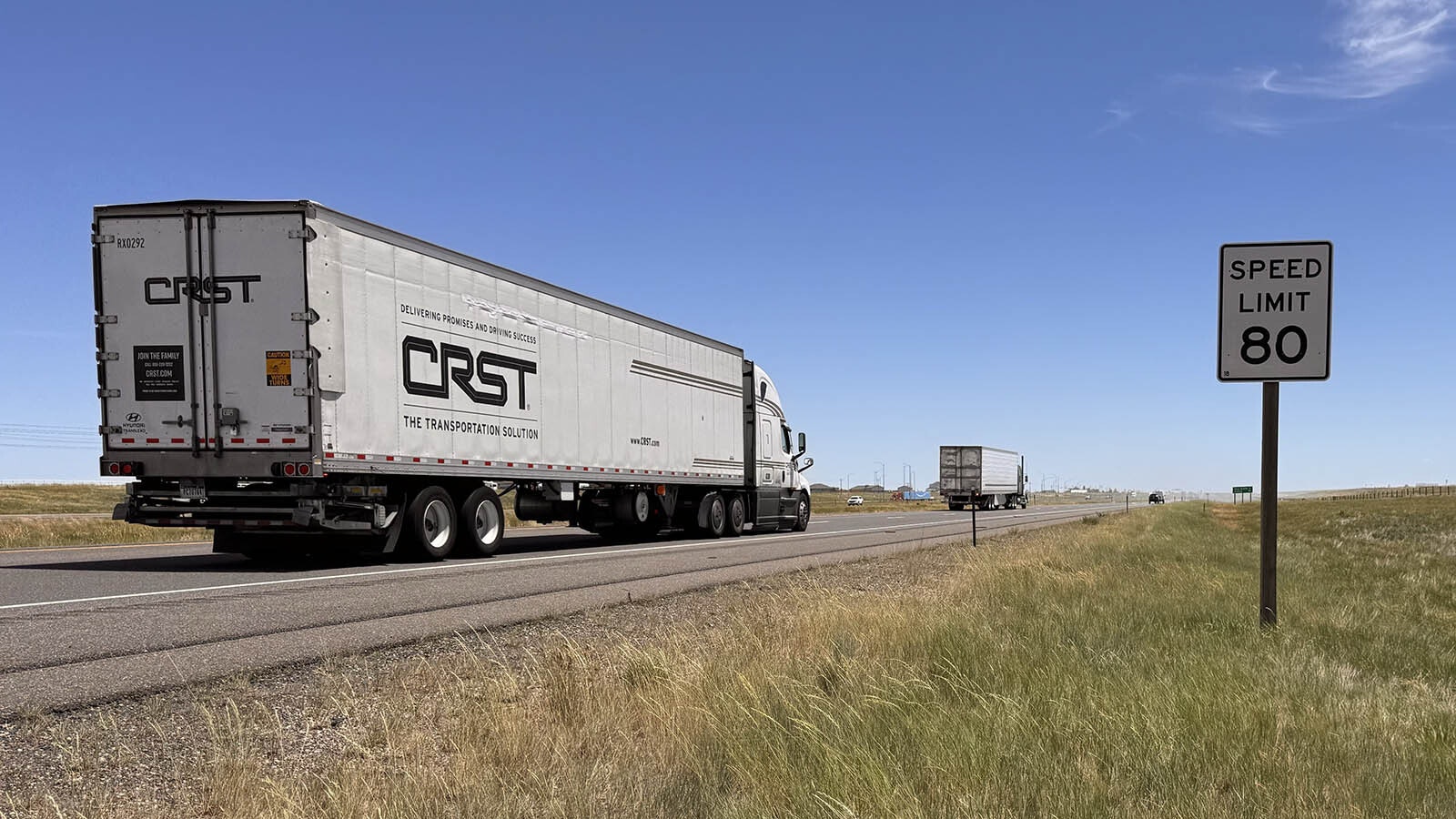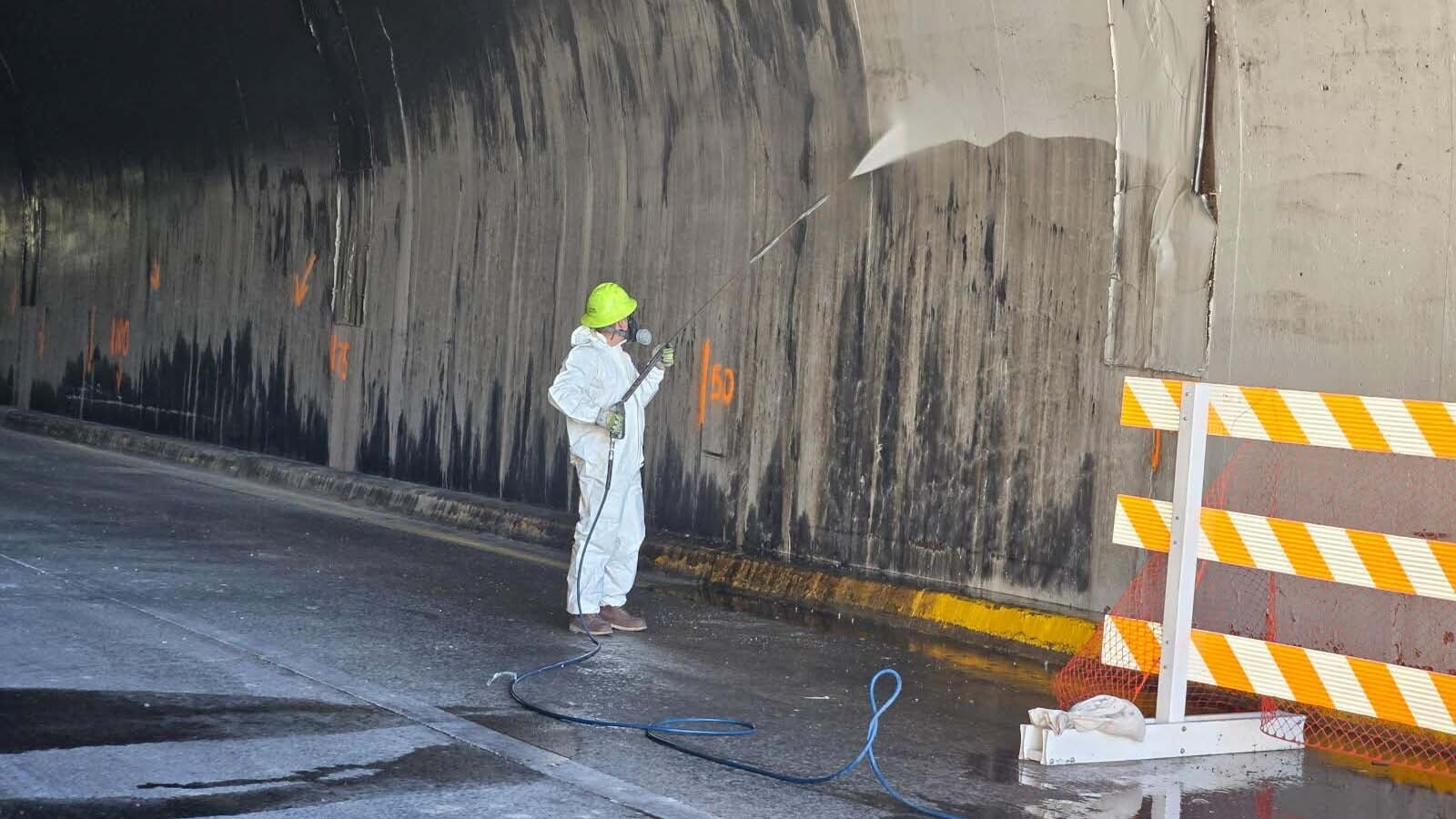The future of electric vehicles is starting to take shape in Wyoming.
With $24 million available in federal funding through the National Electric Vehicle Infrastructure (NEVI) Formula Program, Wyoming is making plans for the construction of a network of electric charging stations in the near future, a state official said Wednesday.
During a meeting with the Legislature’s Transportation, Highways & Military Affairs Committee meeting, Luke Reiner, director of the Wyoming Department of Transportation, gave an update on the state’s Zero Emission Vehicle draft strategy, which heavily incorporates the NEVI program. The update was similar to that given at town halls held across Wyoming in April to collect input on the proposed charging network.
The NEVI program mandates that a charging station be built every 50 miles along Wyoming’s interstate highways, which would mean, Reiner said, nearly 50 stations in Wyoming.
Reiner mentioned a stretch on Interstate 90 between Gillette and Buffalo that he thought would not merit a station, and added there are a number of 50-mile stretches on the state’s interstates that lack gas stations.
Due to the inefficiency of building stations on those particularly empty stretches of Wyoming highways that don’t receive high traffic, Reiner said the state will appeal for an exemption from this requirement.
To compensate, Reiner said he will ask that more stations be placed in high tourist areas surrounding Yellowstone and Grand Teton national parks, outside Devils Tower National Monument and around other high-traffic areas in eastern Wyoming.
The cost effectiveness of running an electric car station is also a major consideration for WYDOT, Reiner said.
Reiner said studies show the average charging station in Wyoming will receive 0.3 visits per day, far below the 36 visits per day needed for such stations to turn a profit.
“That’s a pretty austere requirement we hope to get some relief from,” Reiner said.
He said a typical charging station runs the provider about $10,000 per month in costs. He said four vehicles charging simultaneously would involve the same amount of energy used to power the 11-building WYDOT facility in Cheyenne.
Wyoming Gone Green?
Statistics provided by the Wyoming Department of Transportation show the state is hardly a bastion for electric vehicles at this time, with 477 vehicles registered statewide, the overwhelming majority in Teton and Laramie counties.
A full charge for most electrical vehicles using advanced charging technology now takes about 20 to 25 minutes, Reiner said, while an 80% charge can usually be achieved in 10 to 15 minutes. He said there are technologies on the way that will reduce these charging times in the future.
Reiner said attracting tourists will be one of the top benefits of the installation.
Each station will cost $500,000 to install. Federal funds will cover 80% of the cost while local monies will have to be used for the rest.
Wyoming law forbids the state from spending money on electric vehicle infrastructure, so these funds will have to come from local counties, municipalities and private donors.
The committee made no comments after the 30-minute presentation, but members did press Reiner to make sure the state isn’t the footing the bill for any of these projects.
Reiner did admit WYDOT will have to pay around $1,000 for a consultant on the program.
The NEVI is designed to cut greenhouse gas emissions by promoting the use of electric vehicles, however, Reiner said cutting emissions in Wyoming is a challenge because the state has little in the way of mass transit.
In addition, the state’s low population keeps its emissions low — in 2019, Wyoming produced the 17th least emissions in the U.S. at 49.1 million metric tons of carbon dioxide, a 7.4% decline from the year before, according to U.S. Energy Information Administration information.
If the state moves ahead with the recharging station project, there will be other competitive grants the state cab apply for to help finance the stations, Reiner said.





